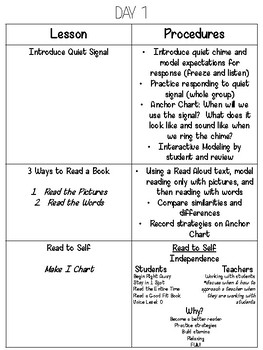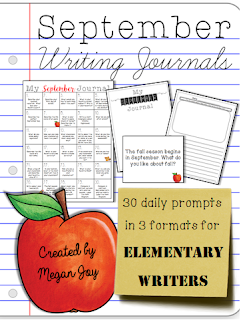Greetings, bloglings!
It's the most wonderful time of the year! The store-wide Back to School sale on TPT is tomorrow and Wednesday!
Remember to use the promo code BTS2017 when checking out to receive the full discount.
Here are some resources that will get your students engaged in creative writing from the very first day of school:
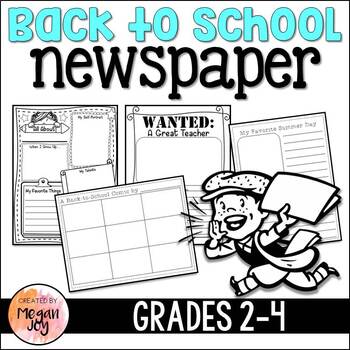
This Back to School Newspaper is one of my favorite beginning of the year activities! It's one of the first writing activities we do together as a class and a great way for teachers and students to get to know each other.
Last year, I used this activity as an introduction to Newspapers, non-fiction text features, and expository writing! We used the Newspaper unit from the Curriculum Corner; it was incredibly thorough, hands-on, and my students loved it!
Last year, I used this activity as an introduction to Newspapers, non-fiction text features, and expository writing! We used the Newspaper unit from the Curriculum Corner; it was incredibly thorough, hands-on, and my students loved it!
These "All About Me" posters are also great for Back to School bulletin boards as well as birthday or Star of the Week spotlights throughout the year. You can snag them for just 75 cents during the sale!
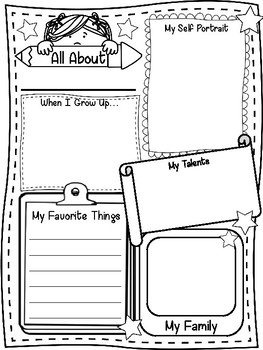
To continue with the theme of writing, the beginning of the year is the perfect time to introduce journal writing as you are kicking off your Writers' Workshops and getting students into the classroom routines. I have compiled all of my monthly journals into a bundle for an entire year of journal writing!
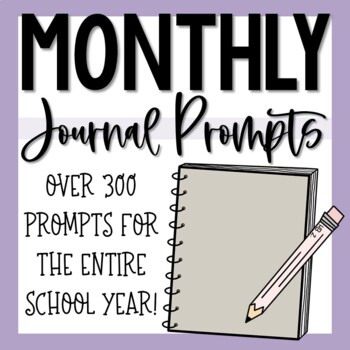
Monthly Journal Prompts for the Entire Year!
You can also purchase these separately by month. Each month includes journal prompts in three different formats: A calendar of 30 prompts is provided for each month which can be used as a display or student reference; a journal with a cover page and 30 lined pages with space for illustrating; and 30 task cards for laminating and using at a writing center, or cutting and gluing into student journals. This makes it versatile and easy to use what works for your classroom, even if that changes throughout the year. I am planning to use these in the journal format as my students' morning work! This will only need to be prepped on a monthly basis while giving students meaningful morning work and daily journaling/creative writing practice.
You can also purchase these separately by month. Each month includes journal prompts in three different formats: A calendar of 30 prompts is provided for each month which can be used as a display or student reference; a journal with a cover page and 30 lined pages with space for illustrating; and 30 task cards for laminating and using at a writing center, or cutting and gluing into student journals. This makes it versatile and easy to use what works for your classroom, even if that changes throughout the year. I am planning to use these in the journal format as my students' morning work! This will only need to be prepped on a monthly basis while giving students meaningful morning work and daily journaling/creative writing practice.
If you are looking for seasonal rather than monthly writing prompts, I have compiled those in task card format for writing centers, as well! They are sold by season or as a yearly bundle.
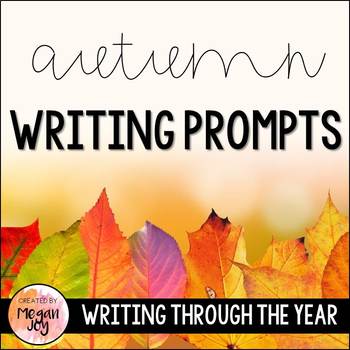
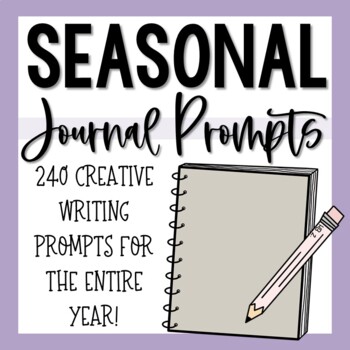
If you are looking for classroom decor ideas & resources, you can check out my classroom schedule, supply, and job labels at the following link. Each set is also sold separately as linked on the product page:
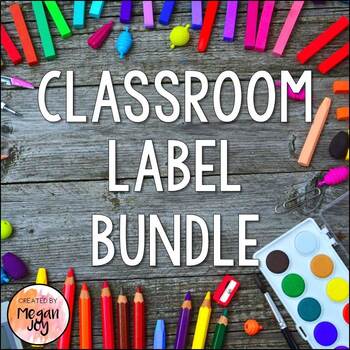
Classroom Schedule, Supply, & Job Labels
I also have Days of the Week and Months of the Year Calendar Labels that include both the name and abbreviation in different formats:
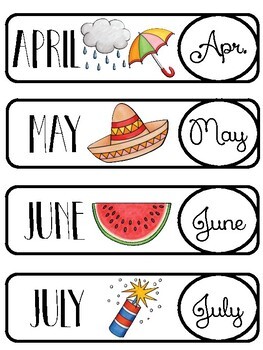
Days of the Week & Months of the Year Labels
These work great as a display or they can be printed and laminated to use for a center where students arrange the months in order. I use printed cards for my students to place in order around the "sun" to walk around for each year of their life during birthday celebrations!

Classroom Schedule, Supply, & Job Labels
I also have Days of the Week and Months of the Year Calendar Labels that include both the name and abbreviation in different formats:

Days of the Week & Months of the Year Labels
These work great as a display or they can be printed and laminated to use for a center where students arrange the months in order. I use printed cards for my students to place in order around the "sun" to walk around for each year of their life during birthday celebrations!
You can also check our my colorful minute hand clock labels at the following link. These are excellent support as students learn to tell time independently.
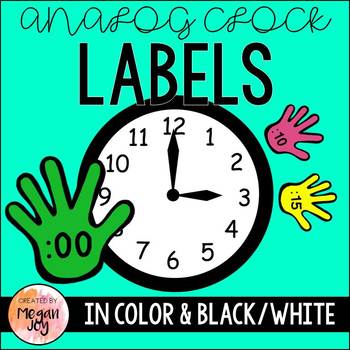
Colorful Minute Hand Clock Labels
The sale begins at midnight. Happy back to school shopping!

Colorful Minute Hand Clock Labels
The sale begins at midnight. Happy back to school shopping!










